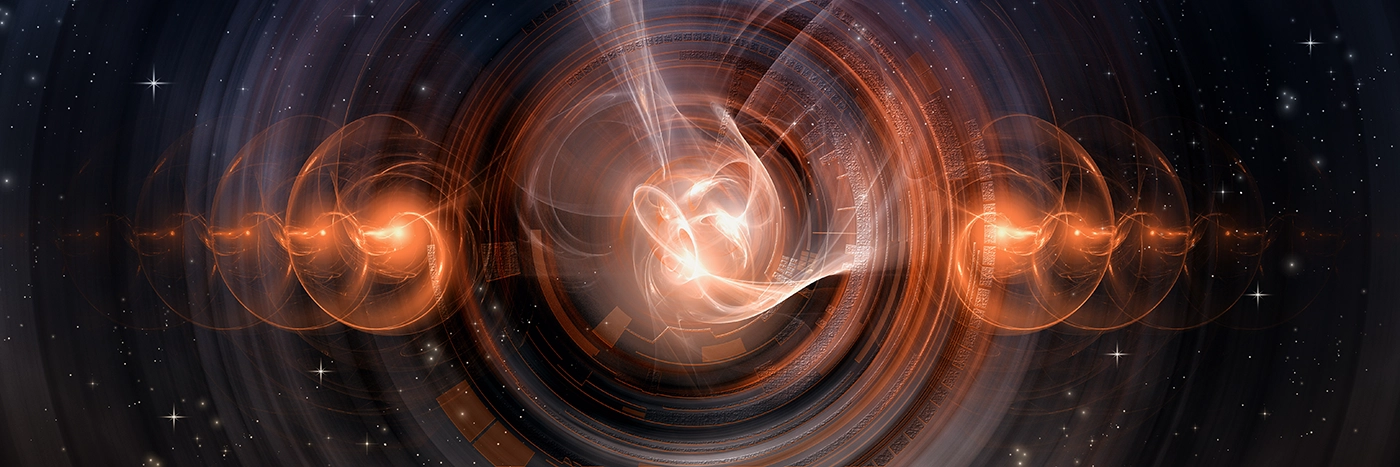The world needs fusion.
Like, yesterday.
Fusion refers to the generation of energy through the process of nuclear fusion. At its core, fusion power aims to replicate and harness the same powerful physics that drives the sun and stars.
Through the fusion process, light elements such as hydrogen are forced together under extreme heat and pressure to form heavier elements, releasing an immense amount of energy; 4 million times more energy than an equal mass of coal!
See Fusion in action with The Orbitron Fusion Microreactor.
Fusion will power the future.
Research and development in fusion power, advancements in fusion technologies, high voltage power systems, computing and magnets are accelerating, bringing us closer to practical fusion energy systems.
While fusion power may not be realized immediately, it holds the promise of transforming our energy landscape, delivering an abundant and sustainable source of power for a cleaner, more prosperous future.
- Clean.
- A fusion reaction does not release greenhouse gasses. And unlike nuclear fission, fusion does not produce long-lived radioactive waste.
- Safe.
- In the event of any unforeseen disruptions, the fusion reaction naturally ceases, minimizing potential hazards.
- Abundant.
- To power fusion, five different fuels exist and are practically limitless in supply. Depending on the power needed, some fuels are more easily accessible.
- Energy Dense.
- Fusion releases roughly 4 million times more energy than an equal mass of burning coal, and 4 times more than nuclear fission.
- Secure.
- By reducing dependence on finite fossil fuel reserves, fusion provides nations with greater energy independence.
- Sustainable.
- Fusion meets the rising global energy demand without depleting natural resources or causing irreparable harm to the planet.
Fusion machines are not the
fission plants from The Simpsons.
- How is the fusion process different than fission?
Fusion energy generation requires the merging or combining of light atoms such as hydrogen to form heavier elements, while fission energy generation is the process of splitting or fragmenting heavy elements into lighter ones.
- How is fusion cleaner than fission?
Fusion reactions do not produce long-lived radioactive waste materials as a byproduct. In contrast, fission reactions generate radioactive waste that requires careful management and long-term disposal due to the long half-lives of certain fission products.
- How is fusion safer than fission?
Fusion energy devices require exceptionally difficult conditions to continue the fusion process. In contrast, fission reactors require precise control mechanisms to prevent uncontrolled chain reactions that generate too much energy, possibly leading to accidents. Any disruptions to fusion conditions, on the other hand, result in the natural cessation of the reaction.

Why fusion is hard.
Fusion energy generation requires precise control of billions of energetic, invisible particles that want to expand rapidly, damaging the container we’re keeping it in.
- High Energy.
- Positively charged ions don't want to be close together; the like charges of the fusion fuel ions repel each other. Incredibly high energy must be imparted on the ions for them to overcome this charge force to fuse, which can equate to tens of millions of degrees Celsius.
- High Density.
- Fusion plasma wants to rapidly expand. To generate energy, the plasma ions must be forced close together in a dense plasma.
- Ultra High Vacuum.
- Accelerating fusion fuels to “Keeping fusion particles at extremely high speeds requires removing as much background gases as possible, usually requiring the reactor to be in deep vacuum.
- Long Confinement Time.
- Fusion plasma is highly dynamic and will damage anything it comes in contact with. Confining this high-energy, dense plasma at fusion conditions for long periods of time is critical the life of the device.
- Net energy gain.
- To have a viable fusion generator, the components that create and maintain fusion conditions must require less energy than the reaction produces.
- Novel, Tough Materials.
- Fusion device components are required to continue to perform and maintain structural integrity while being exposed to extremely high temperatures and bombardment by high-energy particles.
